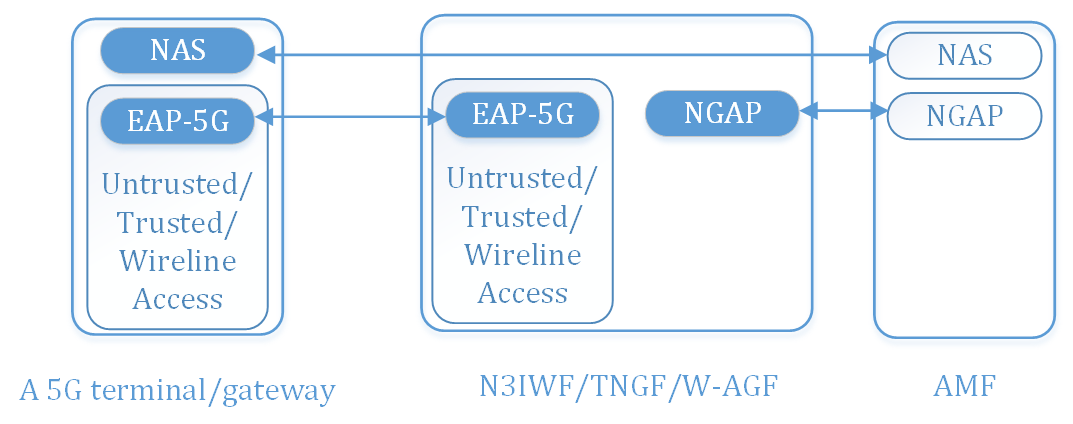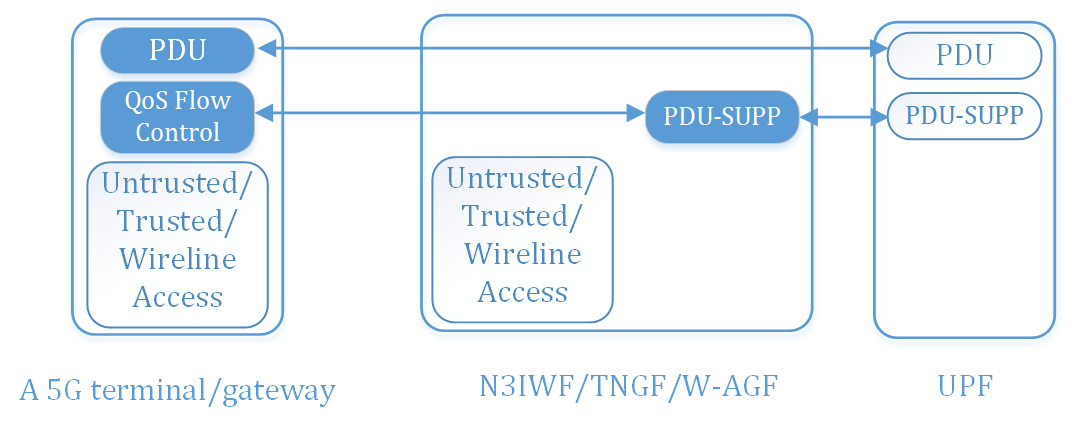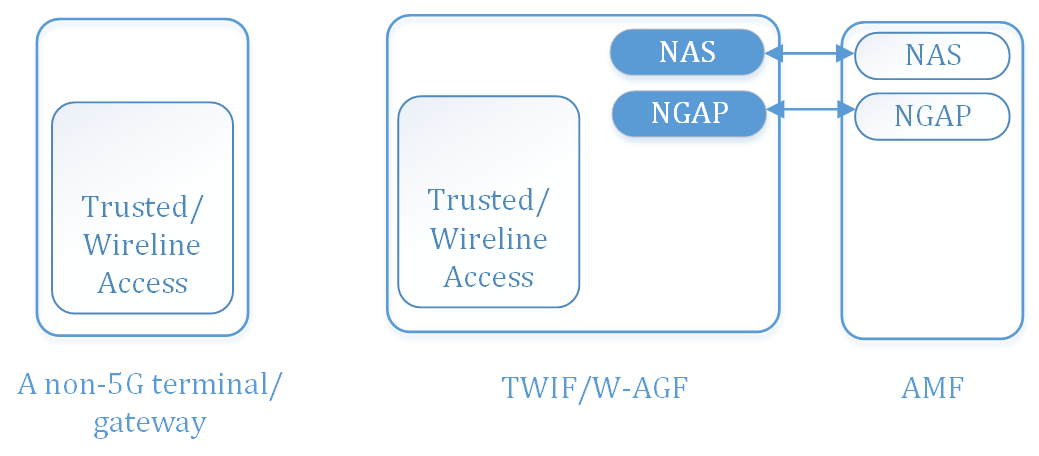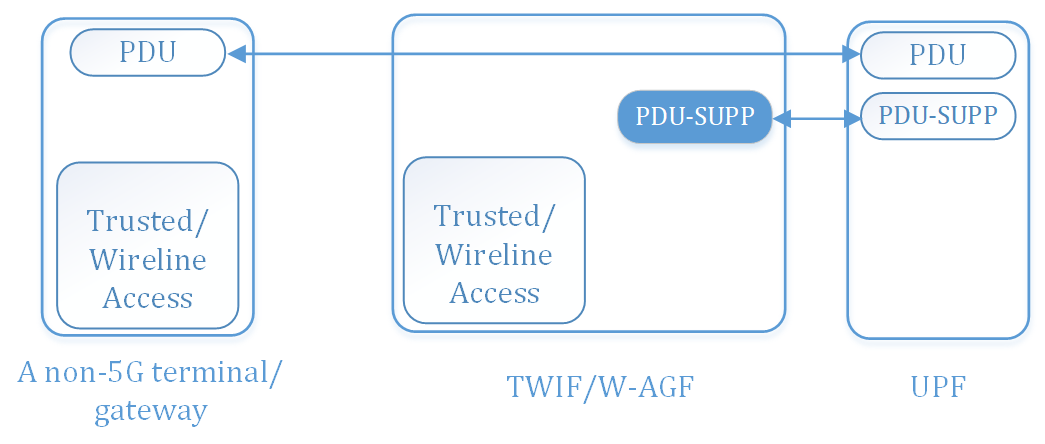Effnet 5G Non-3GPP Access Solutions

Some examples of untrusted/trusted/wireless access networks
As the 5G ecosystem continues to evolve, the integration of Non-3GPP Access has become essential for delivering seamless and reliable connectivity across diverse environments. Non-3GPP Access refers to the ability of 5G networks to connect with networks that are not part of the traditional 3GPP standards, such as Wi-Fi, satellite, and wireline networks. This capability is crucial for extending 5G coverage and enhancing the user experience, enabling devices to switch between different network types without interruption.
The 5G Core Network is a highly flexible system based on a service-based architecture, software defined networking, network slicing etc. It provides authentication, authorization as well as data session services.
By enabling integration of various other (not defined by 3GPP, i.e. “non-3GPP”) access technologies, the 5G Core Network can be made access-agnostic and provide an effective solution for data congestion, capacity and coverage issues as well as enabling new use cases. This makes 5G services available also over other access networks such as e.g. Wi-Fi, satellite and wireline.
A user terminal or a device receives services e.g. connectivity to internet and to other users, or specific applications, from a 5G Core. When a device connects to a 5G Core via a 5G radio network, the device is a 5G device, containing a 5G protocol stack. It is also possible for a device to connect to a 5G Core via a non-3GPP network e.g. a Wi-Fi network, a satellite network or a wireline network. Such a device may have some components of a 5G protocol or none at all. These devices connect to a 5G Core via special nodes or functions implemented/connected to their respective network i.e. Wi-Fi, satellite or wireline networks. These special nodes or functions contain 5G protocol stack components to enable a device to connect to 5G Core.



